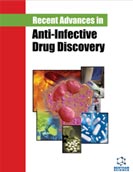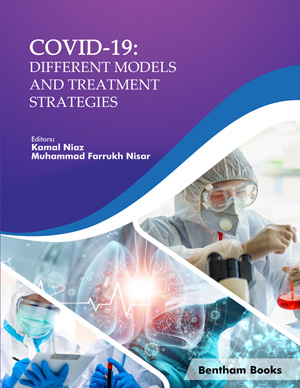Abstract
Background: Recently, male hypogonadism was reported to be prevalent in people living with HIV (PLWH), even in cases diagnosed based on the serum free testosterone level (fTST). However, studies on the management of PLWH showing the relationship between male hypogonadism and lifestyle-associated diseases, are sparse.
Objective: This study evaluated the relationship between serum fTST levels and lifestyle-related diseases in virologically stable PLWH.
Methods: This study was a retrospective cohort single-center study. The study included HIVinfected men on antiretroviral therapy, with available data on serum fTST levels at Teikyo University Hospital between June 2020 and September 2020. Clinical information was collected at the time of fTST measurement. A simple regression analysis was used to identify continuous variables significantly associated with serum fTST levels. Student’s t-test and Mann-Whitney U test were also used to identify non-continuous variables that were significantly correlated with serum fTST levels.
Results: Sixty male patients were evaluated. The median age was 47 (40-62) years. Low serum fTST levels were significantly associated with old age, low hemoglobin and total cholesterol levels, and high hemoglobin A1c levels. Non-use of INSTI and comorbid hypertension were also significantly associated with low serum fTST levels.
Conclusion: Hypertension and the serum hemoglobin A1c level as a standard parameter for diabetes was significantly associated with low serum fTST levels in Japanese male PLWH. This study suggested that sex-hormone replacement therapy could be a preferred option for PLWH with low serum fTST levels to manage their long-term complications.
Keywords: Free testosterone, HIV, lifestyle-related diseases, hypertension, hemoglobin A1c, hypogonadism.
Graphical Abstract
[http://dx.doi.org/10.1086/314027] [PMID: 11017833]
[PMID: 1387684]
[http://dx.doi.org/10.1097/00002030-199106000-00013] [PMID: 1883545]
[http://dx.doi.org/10.1210/jc.2003-031719] [PMID: 15579737]
[http://dx.doi.org/10.1186/1742-6405-11-6] [PMID: 24450960]
[http://dx.doi.org/10.1371/journal.pone.0028512] [PMID: 22174826]
[http://dx.doi.org/10.1089/apc.2006.0071] [PMID: 17263654]
[http://dx.doi.org/10.1097/QAD.0000000000001348] [PMID: 28081039]
[http://dx.doi.org/10.2174/1570162X18666200720000344] [PMID: 32684150]
[http://dx.doi.org/10.5534/wjmh.2013.31.2.126] [PMID: 24044107]
[http://dx.doi.org/10.1001/jama.295.11.1288] [PMID: 16537739]
[http://dx.doi.org/10.3389/fendo.2019.00345] [PMID: 31402895]
[http://dx.doi.org/10.1016/j.medcli.2015.06.020] [PMID: 26433309]
[http://dx.doi.org/10.1111/j.1468-1293.2012.01055.x] [PMID: 23121515]
[http://dx.doi.org/10.1024/0040-5930/a000541] [PMID: 25093313]
[http://dx.doi.org/10.1371/journal.pone.0174360] [PMID: 28319197]
[http://dx.doi.org/10.1001/jamainternmed.2016.9540] [PMID: 28241237]
[http://dx.doi.org/10.1111/j.1743-6109.2009.01473.x] [PMID: 19732301]
[http://dx.doi.org/10.1016/j.jtbi.2017.12.018] [PMID: 29273545]






















